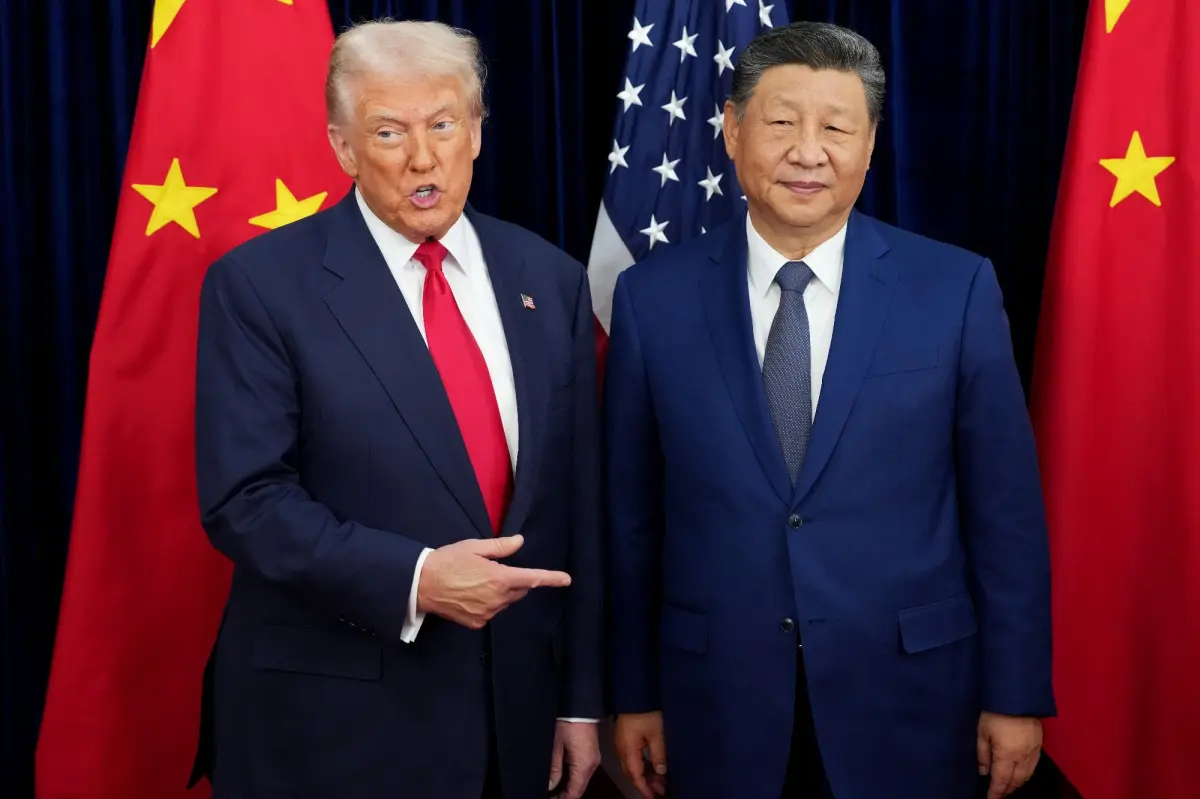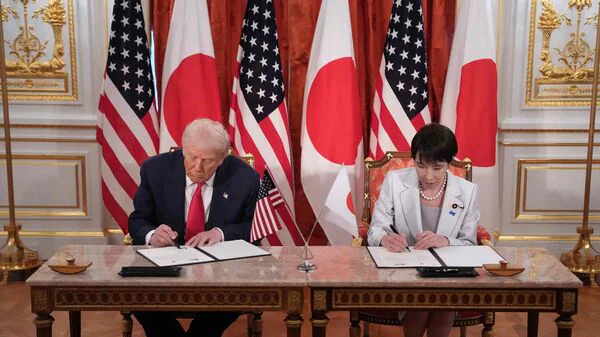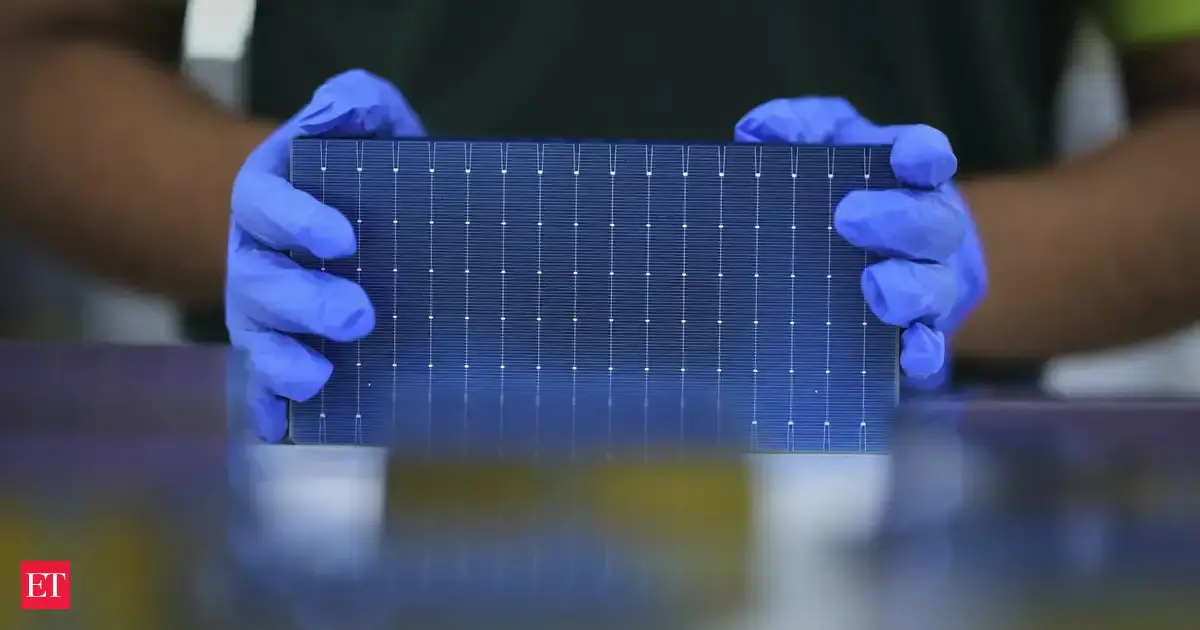Copyright New York Post

President Trump appeared buoyant after concluding his first face-to-face meeting with Chinese leader Xi Jinping since retaking the White House, confident in having achieved a breakthrough. Yet Beijing’s concessions were minor and reversible. And the atmosphere of goodwill is likely to dissolve as soon as one side or the other shifts from cooperation back to competition. While Trump extracted compromises on tariffs, fentanyl and trade, much remained unsaid over the course of the two-hour meeting in South Korea, with key national security issues notably being left off the table. Their absence was not an accident but a recognition of a painful reality. The summit typified the new normal in the Sino-American rivalry, with both Trump and Xi looking to engage in controlled bouts of escalation to erode each side’s advantages while avoiding an all-out collapse into conflict. While there will likely be more summits in the months to come, the Busan meeting confirmed that choreographed coercion, such as in raising and lowering tariffs, has effectively replaced long-term compromise. Behind the glare of cameras and handshake to showcase forced camaraderie, the meeting between Trump and Xi delivered symbolic victories over substantive movement on either leaders’ priorities. Despite pre-meeting posturing, and the appearance of major tech leaders on the summit’s sidelines, Trump declined to either tighten trade restrictions or follow through on his previously floated plan to resume the sale of advanced semiconductors to China. Major Chinese firms remained under US blacklists, and no progress was made towards changing Washington’s posture towards Taiwan. Having previously committed to purchasing American commodities as an avenue to alleviate US pressure during Trump’s first term, China’s buying bulk loads of soybeans and signaling a willingness to engage in energy deals follows a familiar playbook. Seeking to avoid dependency on American AI, Chinese leaders passed on any serious discussion on technology controls. While China has long wanted to steal American technology, the lack of discussion side-stepped any possibility of Xi having to publicly reveal China’s technological shortcomings by seeking new purchase orders or adding chips with potential vulnerabilities. As with previous rounds of talks over the past several months — Geneva, Madrid, London — Busan may become yet another city that played host to temporary truces. Once again, the current peace will likely dissolve the moment that Trump or Xi takes a competitive step, even those that never came under discussion. For both parties, delays in implementing concessions from the summit will be treated as duplicity. Whether the White House tightens export controls on key semiconductors, sanctions Chinese firms involved in smuggling Iranian oil or Russian drone components, or reports rare earth shortages, Beijing will be quick to blame, and quicker to strike a follow-on blow. Other countries represented on the summit sidelines, whether seated firmly alongside Washington or Beijing, will be watching for the same. Having visited South Asia and Japan before touching down in South Korea and carrying a suite of mineral deals, defense spending promises, and billions in domestic investment, Trump has demonstrated a lasting, if transactional, commitment to the region. Now that he has signed new agreements with numerous regional leaders, the economic latticework holding together Japan, South Korea and America runs through the West Wing more than ever, concentrating the region’s competitive dynamics while diffusing the ramifications of any new crisis. Adding to this network, both Japan and South Korea also inked major US defense commitments, with Tokyo set to receive a stockpile of air-to-air missiles for its fleet of F-35s and Seoul potentially building a nuclear-powered submarine. Depending on the months to come, the summit may become merely a waypoint in the Sino-American rivalry, as both countries appear more prepared to re-load rather than reset. Jack Burnham is a research analyst at the China Program at the Foundation for Defense of Democracies.



